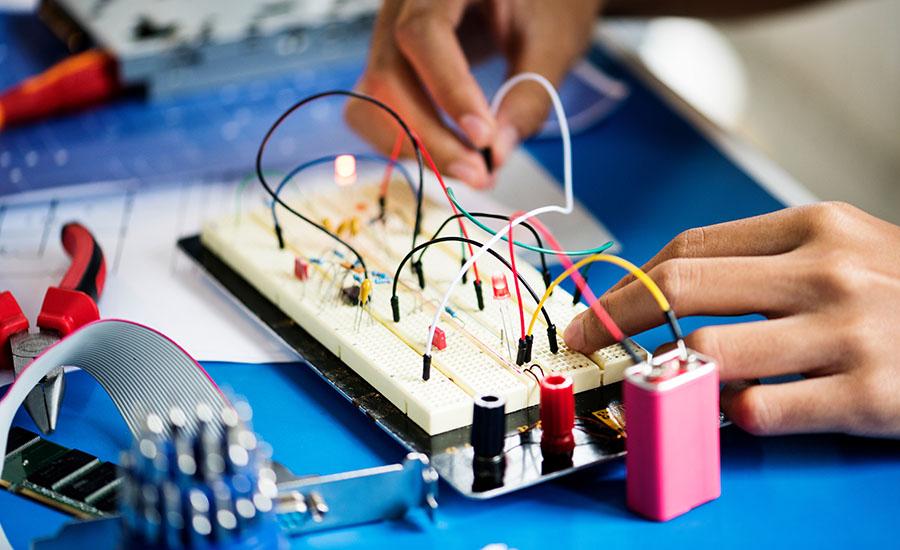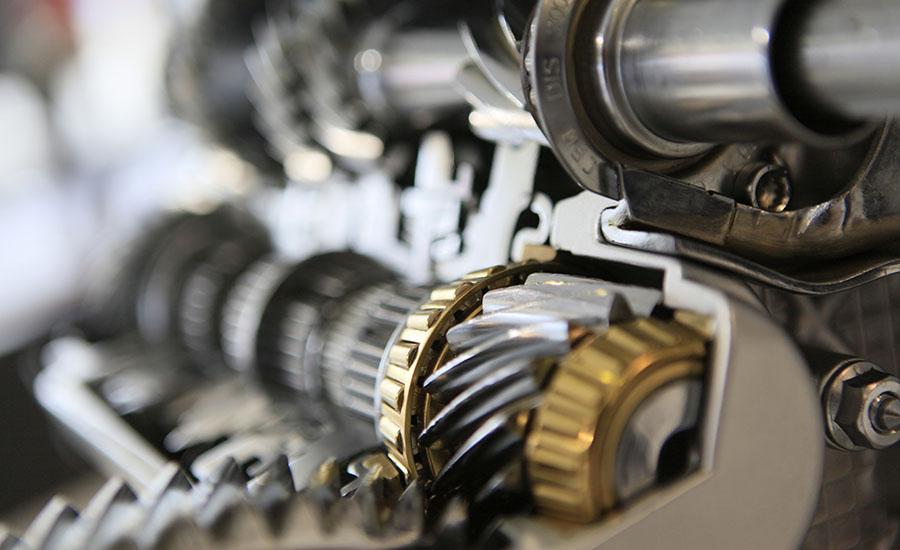
Get Inspired w/ Arduino
by Matthew Chicci
During this lesson, the students are going to simulate the flow of electricity using positive and negative charges drawn on pieces of paper that they will pass around in circles. Instead of passing charges on paper sheets, the students can also hold each other’s hands and send a wave around that resembles the flow of current. This way, students will have a stronger connection between each other, and it is also a good way to show that a button is a break in the connections (i.e., two students who are not holding hands).
Lesson Plan Link/URL
https://docs.google.com/presentation/d/1wgyl62NcW2-i8ob6CeYpkBEAf7ybbG6N3-u0WeJ…Related Content

Grades:
10th Grade, 11th Grade, 12th Grade
This is part 2 of a two-part series. This lesson looks deeper into early electronic encryption tools and how they relate to cryptography today. The tools discussed are: Hebern Rotor Machine, Enigma

Grades:
7th Grade, 8th Grade, 9th Grade, 10th Grade, 11th Grade, 12th Grade
The purpose of this project is to have students use their knowledge of series and parallel circuits to create an electronic greeting card or an electronic game. This lesson should be given after

Grades:
9th Grade, 10th Grade, 11th Grade, 12th Grade
Lesson 3 in this series focuses on hands-on engagement with electrical circuits using the EUDAX Physics Science Lab Learning Circuit Kit. Students will construct both simple and complex circuits